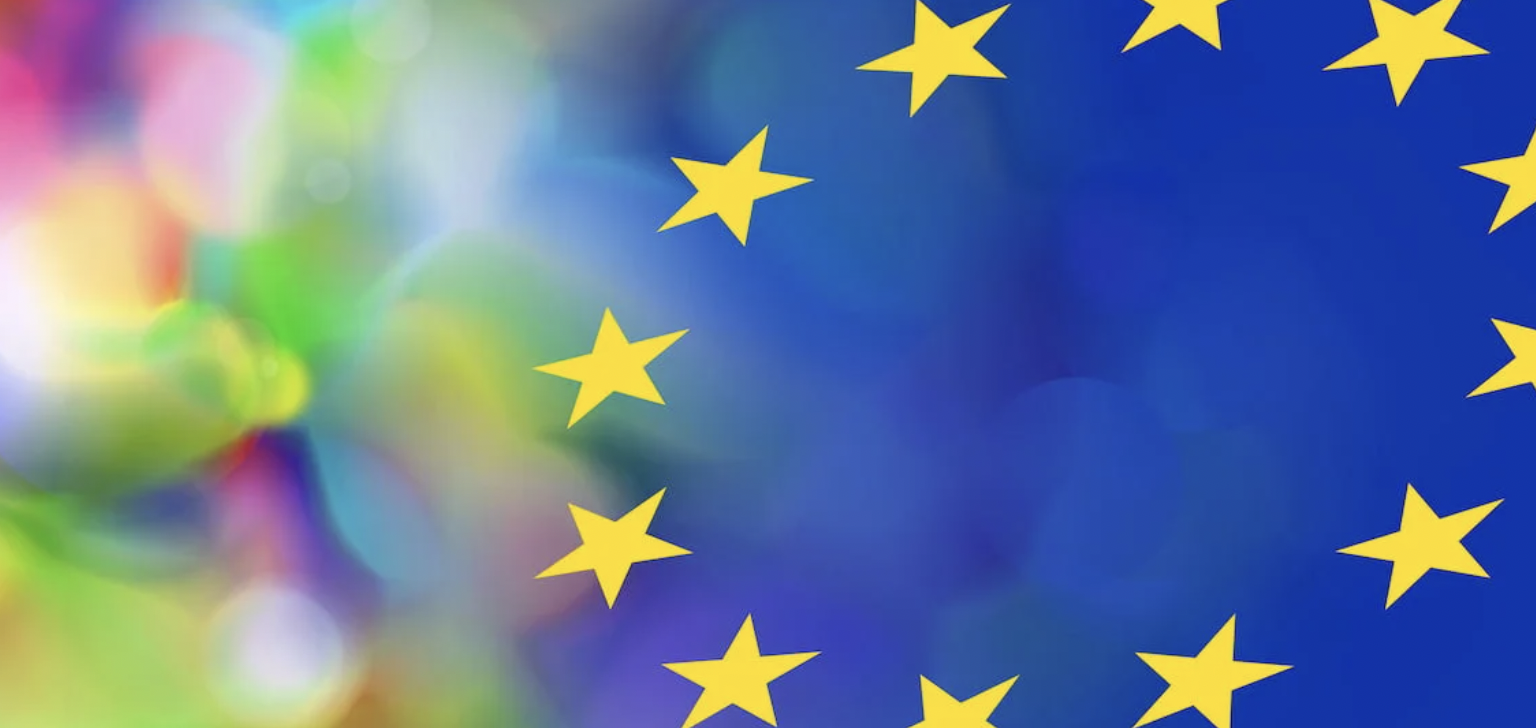
Tryp Therapeutics stands apart from its peers by focusing on nociplastic pain, with the vast majority of companies exploring psychedelic compounds to treat mental health disorders. In doing so, the company is leading the next wave of psychedelic medicines and hopes to unlock the market’s true potential.
Tryp’s lead novel drug candidate, TRP-8802, has been developed to treat fibromyalgia – a chronic pain syndrome, which afflicts more than 5 million patients in the United States alone. The organisation has attracted a number of industry thought leaders to its ranks, amassing several decades of drug development experience in the process.
At the helm is CEO Greg McKee, with extensive expertise leading publicly traded pharmaceutical companies. PSYCH reached out to McKee to discuss Tryp’s exceptional leadership team and the next wave of psychedelic medicines to identify opportunities for investors.
‘We have leadership at several different levels, with lots of minds focused on different projects – which is really exciting,’ enthused McKee. ‘We have our core internal team, and running alongside that is our scientific advisory board. On drug development we work with a number of consultants and strategic advisors; from contract research organisations and contract drug manufacturing organisations, to intellectual property counsels.
‘We also have exceptional leadership from our academic collaborators. We recently announced a collaboration with the University of Florida and two with the University of Michigan, one to study fibromyalgia and another for the preclinical trials of our novel formulation TRP-8803. We then have two more collaborations that we’re going to announce, both tied to the University of California.’
One of the trailblazers advising Tryp is revered researcher Robin Carhart-Harris, an esteemed neuroscientist at Imperial College London. PSYCH was eager to learn more about Robin’s role and the depth of the company’s scientific advisory board. McKee told me:
‘On Tuesday I was on the phone to Robin, who is an absolute joy to work with and one of the leading researchers in the field. His intellect and insight are unsurpassed and he has agreed to be chair of our scientific advisory board, which is a huge plus and ticks the box on so many levels.
‘We also added Dan Clauw to our scientific advisory board, who is a physician and researcher at the University of Michigan. He is an expert in fibromyalgia and has tested a number of other chemistries, but has set that aside to investigate the potential of psychedelics. It speaks volumes when someone of that calibre drives beyond one body of knowledge to identify new solutions, and it was a huge validation to see how Dan was looking at these particular chemistries.
‘Dan worked on all three of the compounds that have been approved to treat fibromyalgia, so it enables Tryp to build on that knowledge in terms of efficacy and safety. Ninety per cent of patients with fibromyalgia drop off the prescribed drugs in the first year, with thirty per cent turning to opioids.‘What makes Tryp special is that the leadership team is steeped in traditional drug development, so we look at the creation of psychedelic medicines from that angle. This is a big positive for investors as that is where the value will be created, through an established and ethical pathway to regulatory approval.
‘In this regard, we’re similar to the leadership team at GW Pharmaceuticals, which sold to Jazz Pharmaceuticals for US$7.2 billion. They took a cannabinoid derivative and put it through its paces as a traditional pharmaceutical to gain FDA approval. It is a proven model and approach, and the leadership team has multiple decades of experience in traditional drug development. We’re talking about our Chief Science Officer, Jim Gilligan; our VP of Manufacturing, Larry Norder; our VP of Development, Pete Guzzo; and so forth.
‘When I look at the team we have been able to assemble I think it’s probably the strongest team I’ve ever worked with, in terms of breadth of expertise and depth of therapeutic knowledge.’
From high-ranking executives of the highest calibre, the conversation shifted to how the company plans to leverage this proficiency and knowledge to take psychedelic medicines to the next level.
‘At the moment we’re focused on psilocybin and its derivatives, as that is where the greatest body of data exists. TRP-8803, our first chemistry, will be off-the-shelf orally available compound manufactured by the Usona Institute, which enables us to fast-track straight into clinics. We are interested in solving the challenges surrounding the compound, as the patient experience with psilocybin is highly varied.
‘Sometimes an individual won’t experience anything at all, and other times the trip lasts ten to twelve hours. This is a big problem from a scheduling perspective as two monitors are required, and they don’t know if they’re going to be there for four hours or a full day.
‘If people don’t enter the psychedelic state, the current thinking is that the treatment might not have the desired effect. We want to tighten that up, heighten safety profiles and ensure people don’t have a bad trip, which can happen from time to time.
‘We are working on a proprietary version of psilocybin and a unique route of administration to solve those issues, through TRP-8803, and we’re pretty excited about it. We can’t talk about it publicly just yet, as we’re still working on our intellectual property strategy and generating data to support our IP filings. What I can tell you is that researchers think it’s a brilliant idea, which is very validating. Robin Carhart-Harris, Dan Clauw and Paul Hudson from the University of Wisconsin are all in the loop on this, and each one is as excited as we are in terms of what this means for patients.’
With a crack-team of trailblazers and a clear drug development strategy, Tryp looks an attractive proposition for investors in the psychedelics industry. PSYCH was eager to explore the company’s commercial opportunities.
‘One of the big differentiators for the company, and a big plus for investors, – for which we get a lot of kudos – is that we’re not going after the same mental health disorders. We’re going after chronic pain and eating disorders – which affect large patient populations. This is done on the hypothesis that these disease states originate in the mind. Fibromyalgia, phantom limb pain and complex regional pain syndrome all are neuropathic, like eating disorders, so using psychedelics makes complete sense. There are fantastic research papers, one by Dan Clauw, which go through the academic rationale behind this, and we have the scientific rationale on top of that to use in our FDA filings.
‘We had external and internal analysis done on peak sales projections. The five indications we’re looking at generate multi-billion peak year sales, so there is a massive opportunity for investors, and more importantly, patients. If we can get these medicines to market we can help hundreds of thousands of afflicted individuals.’
As the organisation is exploring the power of psychedelic medicines to treat chronic pain disorders, rather than mental illness, would the treatment regimen still follow the conventional psychedelic-assisted therapy model? PSYCH asked this question to McKee.
‘The treatment paradigm will include the therapeutic drug wrapped with psychotherapy, which seems right at the moment based on the current evidence. This is particularly true when looking at efficacy and the durability of psychedelics. I think there is a very synergistic relationship between the elements, where the psychedelic enables the brain to be open to the idea of change, and then the psychotherapy makes that change happen or accelerates it. The combination seems critical to reshape the individual’s relationship with that disorder – whether it’s anxiety or pain.
‘We’re looking at how our psychotherapy is unique in pre-treatment, monitoring and post-treatment integration. If someone has phantom limb syndrome, the conversations with the psychotherapist are very different from someone with binge-eating disorders. What the patient is experiencing is different, the symptoms are different and the outcomes are very different. We spend a lot of time honing in on what will take place in these integration sessions, to identify what will be most helpful for patients across a number of disease states.’
Pursuing a category of diseases few others have investigated could be a risky strategy, but one that offers substantial rewards for early investors. To identify the opportunities and quantify the venture, PSYCH probed the company’s motivations and rationale.
‘When looking at disorders to target, we thought carefully about unmet need and if it was mechanistically the right fit. The unmet need is self-evident, particularly with regards to fibromyalgia and phantom limb syndrome, where current treatments have no sustained effect. Then we have this growing body of evidence, which has been built brick by brick, to show that psychedelics have a high chance of succeeding where others have failed. Joe Castallano wrote a great technical paper that includes a table on all the studies that have been done in chronic pain, and Dan Clauw authored a paper that speaks to the definition of nociplastic pain – what it is and his rationale for why psychedelics would work in that arena.
‘On top of that we have the opportunity to differentiate ourselves from everybody else. Frankly, I don’t think it makes much sense to be the twentieth player in the mood disorder arena. Compass Pathways and others have that space covered, and the data from its Phase IIb data will be a major watershed moment for the entire industry.
‘From an investor perspective, our manoeuvre to look at other therapeutic areas makes a lot of sense and enables us to unlock the true potential of psychedelics. Mood disorders is a starting point and has been a great first wave, but I see a second, third and fourth wave with these chemistries over time. We want to jumpstart into the second wave now and that’s our strategy.
‘There is a deep ethos in the company to help patients, but a lot of diseases are pretty well served by atai Life Sciences, Awakn, Cybin and others. We see a whole body of other patients that can be better served by psychedelics and that’s a big driver for us. That makes us unique and we’re going after markets others are not, which is always a good place to be from a business perspective.
‘We have a number of significant milestones to announce in the next six to twelve months, and we will have as many as if not more Phase II clinical trials than companies like atai Life Sciences, Compass Pathways and Mindmed. However, our market cap is a tenth of those companies, so it is a fantastic entry point for investors.’


